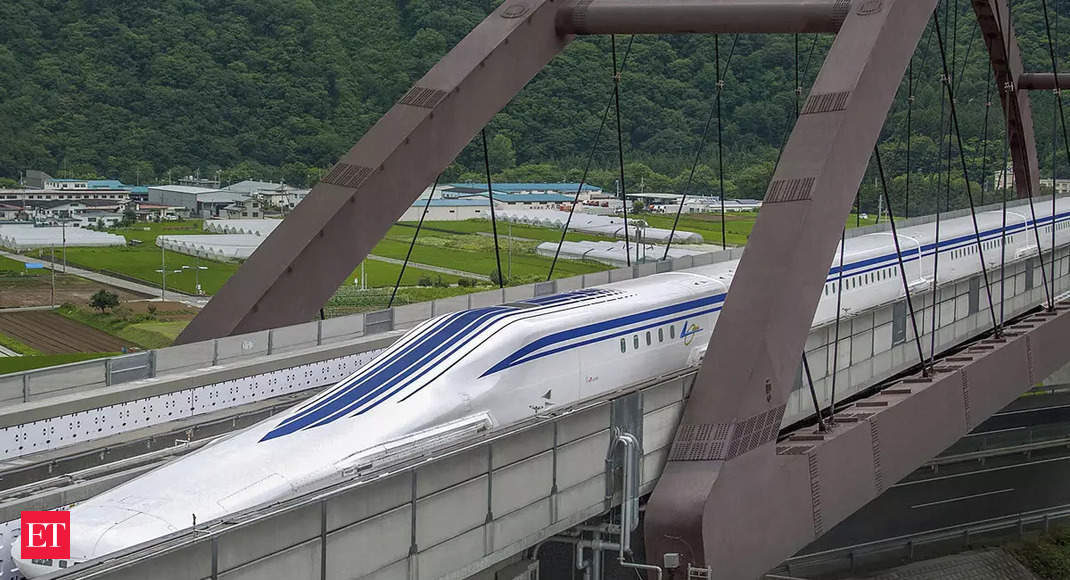Why are they showing the Japanese SCMaglev in the article? I want to see what the actual train they’re talking about looks like.
oh yeah good question, probably just pulled the first stock photo of a bullet train :)
Which doesn’t inspire the most confidence in this article… Like, surely CRRC has at least a render of the prototype? Most likely an entire press kit with all kinds of glamour shots.
I’d imagine yeah :)
The joys of English language reporting about non-English language countries.
indeed
It’s too fast to photograph.
Japan’s maglev reached 603km/h. Is this really a record?
It’s an internal record for the country? Not everything needs to be better than the world to be a milestone, especially since speed records mean almost nothing for actual passenger service speeds and both trains will be operating much slower if they were in commercial operation. Both a French TGV and Chinese CRH train hit 500+ kmh on conventional rails, but those were test trains and obviously the models used will never do that speed in service.
It’s an internal record for the country? Not everything needs to be better than the world to be a milestone, especially since speed records mean almost nothing in actual service speeds and both trains will be operating much slower if they were in commercial operation.
While you absolutely right on the other points, the title explicitly claims that it’s the world’s fastest.
Regarding the TGV, the great thing about them from what I understand is that they can switch basically seamlessly between track types. So if you already have a well built out rail system, you can build a HSR gradually, then reroute onto existing lines at low speed as the high speed segments are completed.
Regarding the TGV, the great thing about them from what I understand is that they can switch basically seamlessly between track types. So if you already have a well built out rail system, you can build a HSR gradually, then reroute onto existing lines at low speed as the high speed segments are completed.
I mean… That’s literally the strongest benefit of conventional rail, and it’s a massive benefit that makes this centuries old technology almost impossible to overthrow. The fact that as long as the gauge is correct, any train can run on any track is what makes rail so powerful and why non-rail trains are called “gadgetbahns”, aka “pointless” outside of the most niche and specific situations. The great thing about rail is that your only limitation is that you’re bound by either your train top speed or your track top speed, whichever is lower, and no patents or licensing that locks your transportation network into a single company.
This is why I have my doubts that maglev will actually be able to replace high speed rail for long distance transit in our lifetimes. It probably will replace rail eventually, but it might take a small eternity.
Yeah, all too often with these technological marvels it’s tempting to ignore how to get them adopted in the real world. You can have the fastest train, but if it’s too difficult to build then adoption will be hard. And as with so many other things, standardization is a giant leap forward. I think with something like Maglev we’ll need to see some pretty significant standardization before it sees much adoption.
I’m a little reminded of how my own city has rail transit. There is the Portland Streetcar and the MAX light rail. The streetcar primarily travels with other traffic, while the MAX is primarily on its own right-of-way. They both use standard gauge and the same cantilever setup, so if the Streetcar needs to move along the MAX network it just switches lines and away it goes. It also means the equipment can be delivered directly via intercity rail without complicated setups.
That’s true, Japanese trains had 600 kmph years ago




